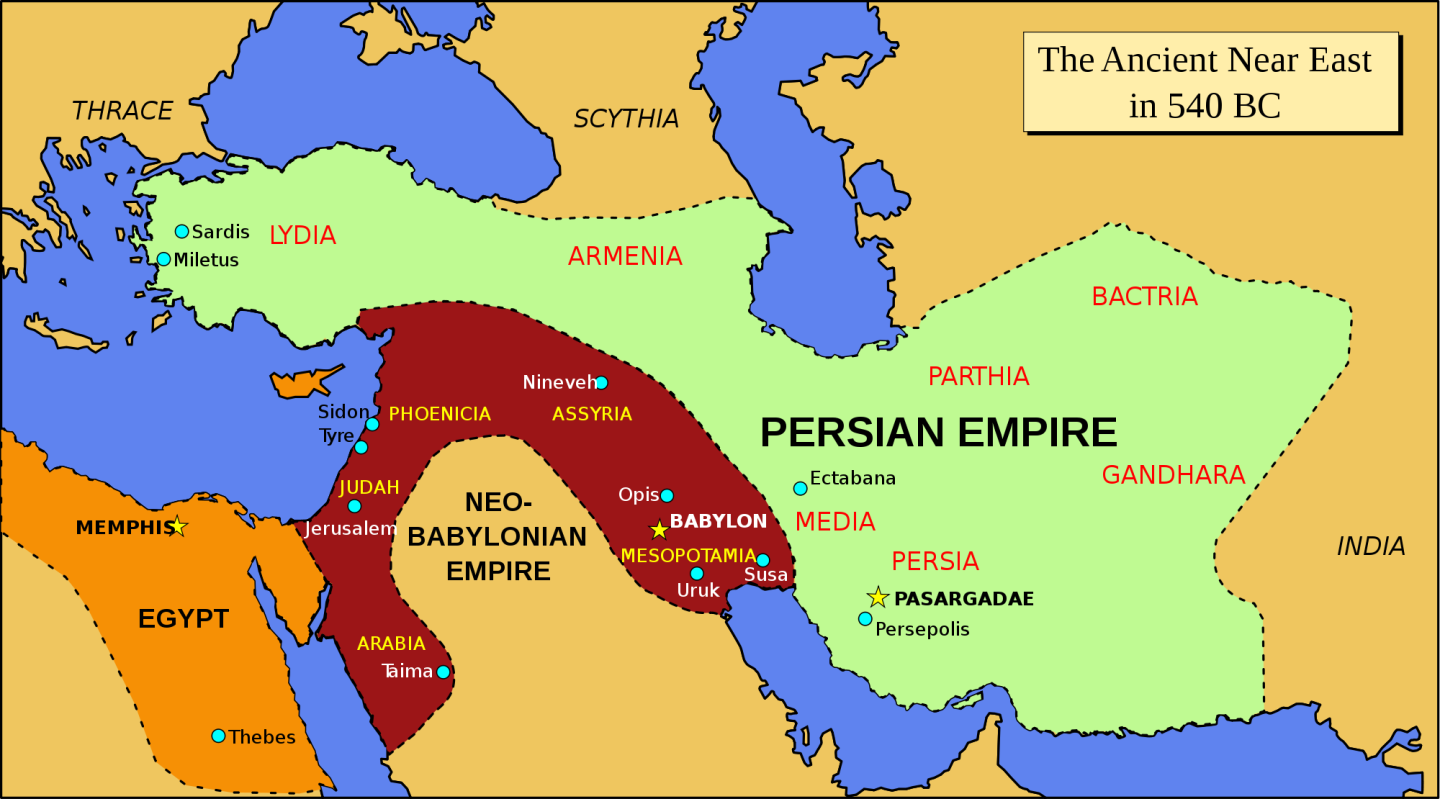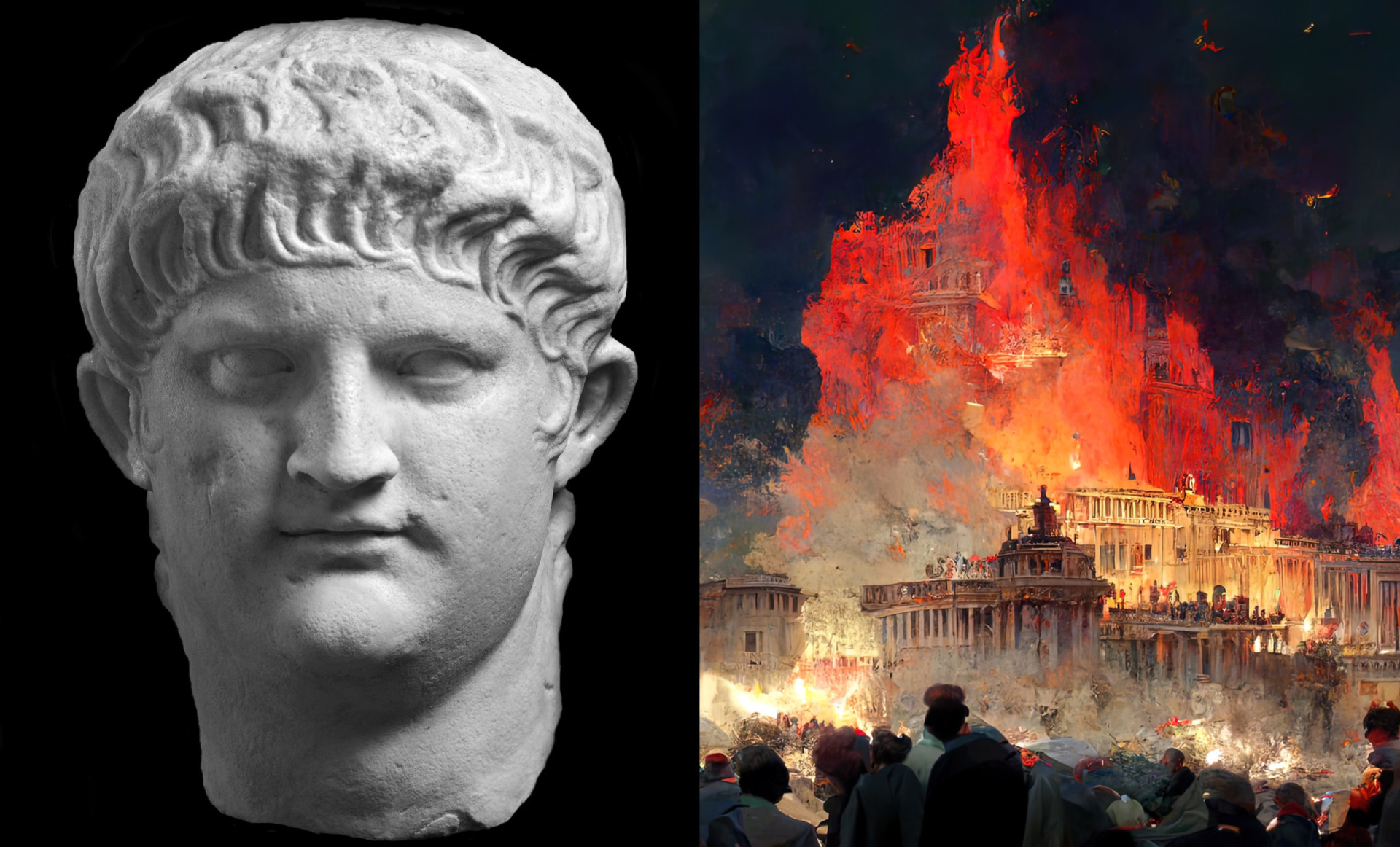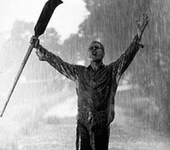Top TigerNet [32223]
TigerPulse: 100%
55
|
Religious Pron: Book of Rev (22 of?); Ch 17-19 - The Prostitute and the Beast

3
Dec 27, 2024, 2:01 PM
|
|




Chapter 17 might be the most important chapter in all of Revelation, because for the first time, an angel almost tells John what the hell is going on. But to find out, they have to go visit a prostitute together.
Rev 17:1
“Come, I will show you the punishment of the great prostitute, who sits by many waters…”

The prostitute just happens to be sitting on the 7-headed beast from back in Chapter 13, and she’s dressed in her finest negligee.
Rev 17:3
“…I saw a woman sitting on a scarlet beast that was covered with blasphemous names and had seven heads and ten horns. The woman was dressed in purple and scarlet…”
Not that Scarlet

Purple and scarlet also just happened to be the colors of Imperial Rome, and its later incarnation, Byzantium.

In future centuries, the term ‘Born in the Purple’ meant that an heir was born during his parent’s reign, and it was quite a status symbol. Being born ‘out of the purple’ was for slumming heirs who were born before or after their parents ruled. The purple was from Tyre, and it was restricted by law, and cost, to royalty only.

Back on Patmos, we learn that this exceptionally well-dressed prostitute is responsible for all the wickedness on earth, at least during John’s time:
Rev 17:5
“The name written on her forehead was a mystery: Babylon the great, the mother of prostitutes, and of the abominations of the earth.”
That’s quite a lady. And she must have been pretty old, because Babylon was destroyed by Persia, when the Exiles were freed, about 600 years before John was even born.

Naturally, John is pretty astonished at the sight of a loose old hag sitting on a giant reptile. But the angel soon clarifies the situation.
“I will explain to you the mystery of the woman and of the beast she rides, which has the seven heads and ten horns. The beast which you saw, once was, now is not, and yet will come up out of the Abyss and go to its destruction.”

That sounds an awful lot like Nero Revividus.

And then, the angel pretty much just lets the cat out of the bag, as we touched on in Chapter 13.
“The seven heads are seven hills on which the woman sits. They are also seven kings.”

So the dragon never has been a dragon; so sayeth the angel. It’s always just been a symbol. The angel goes on to say that part of this vision is a future vision:
“The ten horns you saw are ten kings who have not yet received a kingdom, but who for one hour will receive authority as kings along with the beast.”

But then this new revelation from the angel gets a little bit weird, as if things aren’t weird enough yet. It seems that the Beast is going to turn on the prostitute. Apparently, the prostitute does something to pixx the Beast off; kind of like when the Roman Senate condemned Nero to death in 69 AD.
So when the Beast comes back with his 10-nation crew, he’s gonna be angry.
“The beast and the ten horns you saw will hate the prostitute. They will bring her to ruin and leave her naked; they will eat her flesh and burn her with fire.”

And finally, the angel fesses up that even more of this vision has just been a dream; just symbolic.
Rev 17:15
“Then the angel said to me, “The waters you saw, where the prostitute sits, are peoples, multitudes, nations and languages.”
Rev 17:18
“The woman you saw is the great city that rules over the kings of the earth.”
Note that that’s present tense in John’s day…’is the great city,” not ‘will be the great city.” All of this fits right in with the Nero Revividus legend, which had widespread popularity in John’s time. Nero was going to come back and make Rome pay for its lack of appreciation for his artistry and his divinity, and for their death threat.
“What an artist the world has lost!”

Chapter 18 continues the glee over Babylon’s (Rome’s) future fall. Lots of ancient civilizations wrote laments about cities, and their people, being destroyed. There are laments about Sumer, and Ur, and Uruk, and plenty of others.
– From the Lamentation of Uruk
“Who desecrated the fearsome radiance which crowned it?”
[The king] consoled himself with tears and laments; the city trembled.
A defiled hand smote him and flattened his skull; and the city collapsed.”
Uruk, today

Elsewhere in the Bible, Jerusalem gets a lament after Babylon destroyed it in 586 BCE, from the Book of Ezekiel:
Ezekiel 19:1
A Lament Over Israel’s Princes
“Take up a lament concerning the princes of Israel…”
And of course, there’s a whole Book of Lamentations, about the same stuff.
Lam 2:2
“How the Lord has covered Daughter Zion with the cloud of his anger…”

I won’t get into too much detail on Chapter 18 because it’s pretty standard lamentation fare, but it’s organized like this:
1. Lament Over Fallen Babylon (The wicked witch is dead)
2. Warning to Escape Babylon’s Judgment (You survivors better get out of Dodge)
3. Threefold Woe Over Babylon’s Fall (3 Sad Poems)
4. The Finality of Babylon’s Doom (The wicked witch is never coming back)
5. Threefold Hallelujah Over Babylon’s Fall (3 Happy poems)
There is one thing of interest in all this revelry, though. It’s the merchandise in the “great city that rules over the kings of the earth.”
Now, if this fallen city was in our future, one might expect it to sell goods like an ion-ray gun, or a car in a suitcase, or a medical tri-corder. Something “futuristic.”

Or, if the fallen city was in our own time, that city might be a merchant something contemporary with our time…like sushi, or electric cars, or cell phones.

But this is how John describes the city that falls; the mother of abominations of all the earth.
Rev 18:11
“The merchants of the earth will weep and mourn over her because no one buys their cargoes anymore…ivory, costly wood, bronze, iron and marble; cargoes of cinnamon and spice, of incense, myrrh and frankincense, of wine and olive oil, of fine flour and wheat; cattle and sheep…”

That doesn’t sound very futuristic, or even modern. But it does sound like a city in John’s own time. Or, very soon after John’s time…like within a generation.
Matt 24:34
“Truly I tell you, this generation will certainly not pass away until all these things have happened.”
In Chapter 19 we confirm that the Jews of John’s day REALLY hated this abominable city. Because although John devotes more than a chapter and a half in Revelation celebrating the city’s future fall, the destruction of the two beasts gets almost no coverage at all.
A mysterious warrior on a white horse shows up, described as the ‘king of kings and lord of lords.’ A guy who will ‘rule them with an iron scepter.’ I think we all know who that is:

And, Jesus dispatches the enemy’s army, gathered at Megiddo, with no problem at all, and almost no fanfare at all, either.
Rev 19:19
“Then I saw the beast and the kings of the earth and their armies…But the beast was captured, and with it the false prophet [the second beast] who had performed the signs on its behalf. The two of them were thrown alive into the fiery lake of burning sulfur.
A lake of unburning sulfur, in Ethiopia

The Biblical Lake of Sulphur is permadeath, though. Remember, in ancient Jewish thought you lived twice. First, a mortal life and then second, a short, resurrected life after you die. After you are resurrected for judgement, you either die again (in the Lake of Sulfur), or live forever from that point on.

So that’s Chapters 17, 18, and 19.
In any good story the henchmen always die first, and then the uber-bad boss gets his come-uppance. So next time, God takes care of the puppet-master, the ultimate evil, the hidden force behind the scenes…

Till then, hot chicks.




|
|
 to award
the award.
to award
the award.
































